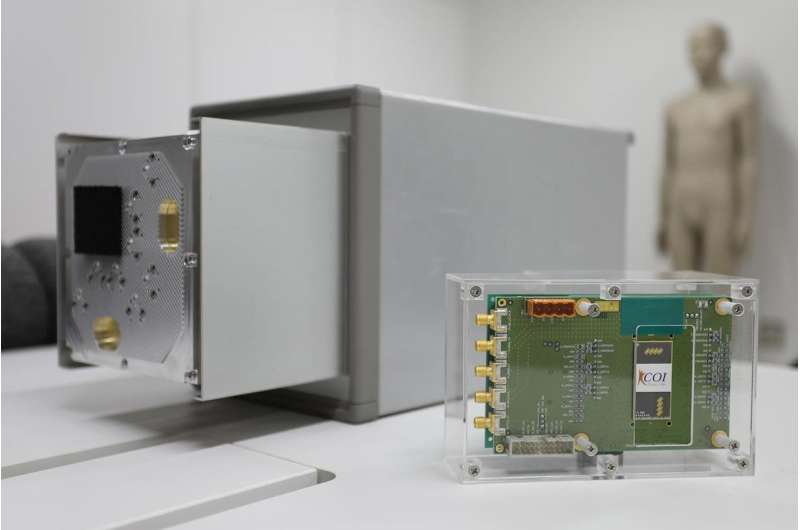How am I feeling? Ask my house

Someday a health checkup may be as easy as switching on the living room light.
In early 2016, researchers from Kyoto University's Center of Innovation and Panasonic Corporation developed a radar-based device that could instantaneously and accurately measure the body's vital signals —and now they've made it even better.
The sensor combined a radar with signal analysis algorithms to measure how the body moves as the heart beats. Body movements vary considerably, so the software filters isolate just the heart's minute motions.
"Measuring respiration and heart rate—without attaching cumbersome wires to the body—will greatly benefit modern medicine and home healthcare," explains Toru Sato, lead researcher and Kyoto University professor of communications and computer engineering.
"Moreover, it will reduce stress by not subjecting the individual to a feeling of being monitored."
While the original technology showed promise, there was a major problem: the prototype was the size of a microwave oven. To improve prospects for implementation, the group shifted their focus toward refining the device.
"After extensive testing we achieved great improvements," continues Sato. "The device now utilizes the 79 GHz frequency band, instead of the previous 60 GHz. We also incorporated CMOS semiconductors. As a result, range and resolution improved, and it's now only about one tenth the size —as big as a smoke detector."
Moreover, because of the new frequency band, the sensor can now measure the heart rates of multiple individuals in the same room, separated by as little as 7.5 cm (about 3 inches).
The team hopes that the improved specs will allow such sensors to be installed in a variety of household appliances—such as lighting—to safely monitor the vitals of residents.
"This technology holds great promise for the future development of devices to monitor health remotely," concludes Sato. "We are currently considering test sites for observing the multiple applications of our sensor."
Provided by Kyoto University




















